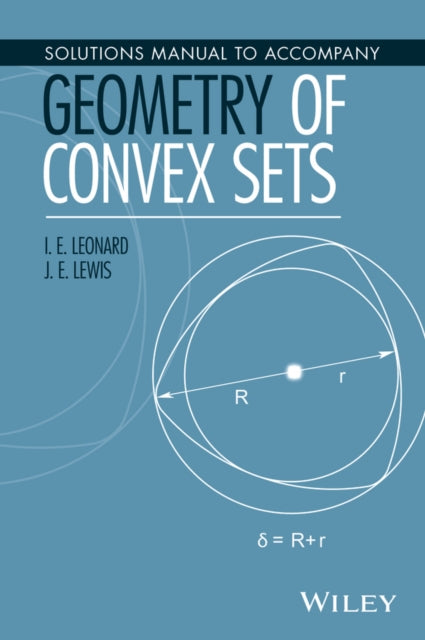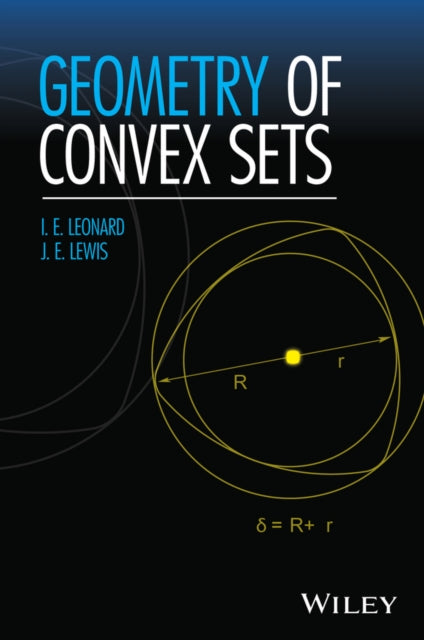Search results for ""pims""
Oetinger Madita 2. Madita und Pims
£8.61

Diplomica Verlag Produktinformations-Management-Systeme: Betriebswirtschaftliche Vorteile eines PIMS
£35.99
£43.15
£49.74

Royal Society of Chemistry Membrane Engineering for the Treatment of Gases: Volume 1: Gas-separation Issues with Membranes
Elaborating on recent and future developments in the field of membrane engineering, Volume 1 focuses on new membrane materials which have recently emerged in gas separation. Covering graphene/graphene oxide based membranes, PIMs, thermally rearranged membranes, and new mixed matrix membranes, alongside membrane pilot plant trials of gas separation, such as CO2 from flue gas and biogas, as well as a cost analysis of competitive membrane and hybrid systems, this book provides a comprehensive account. Together with Volume 2, these books form an innovative reference work on membrane engineering and technology in the field of gas separation and gaseous phase membrane reactors.
£149.00

Humana Selective Autophagy
Using Fluorescence Microscopy and Immunoblotting for Monitoring Mitophagy in Budding Yeast.- Methods to Monitor Nucleophagy in Yeast.- Synthetic Dimerization Approaches for In Vivo Studies in Saccharomyces cerevisiae.- Assays to Study Mitophagy in Plants.- Assessing Neuronal Mitophagy during Development in the Nematode Caenorhabditis elegans.- In Vivo Monitoring of Nucleophagy in Caenorhabditis elegans.- Analysis of Mitophagy Reporters in Drosophila.- Studying Selective Autophagy of Protein Aggregates using Particles Induced by Multimerization (PIMs).- Methods for Monitoring ER-phagy.- Quantitative Super-Resolution Imaging of ER-phagy Initiation in Cells.- Fluorescence Methods to Measure Pexophagy.- Methods for Monitoring Mitophagy using mt-Keima.- Monitoring Mitophagy Dynamics in Live Cells.- Methods for Monitoring NCOA4-Mediated Ferritinophagy.- Method to Purify Phase-Sepa
£199.99

IAEA Application of Plant Information Models to Manage Design Knowledge through the Nuclear Power Plant Life Cycle
A plant information model (PIM) is a set of interlinked information about plant structures, systems and components, incorporating plant data, relationships and rules used to integrate, represent, and describe nuclear facility processes and data, for each phase of the facility lifecycle. Application of the PIM provides an opportunity to radically improve knowledge, information and data capture, integration, use and transfer between stakeholders if industry-wide standards and best practices are adopted. A knowledge-centric plant information model could be developed and leveraged as a modern and efficient approach to better support, manage and enable seamless sharing, transfer and use of sustainable design knowledge within and across each nuclear power plant life cycle phase. The purpose of this publication is to provide an overview of PIMs, emphasize the importance of their application in support and management of design knowledge throughout the nuclear power plant life cycle and present an overview of a knowledge-centric plant information model that builds on the basic concept of a PIM. The target users of this publication are decision-making organizations in Member States having experience with nuclear power programmes and those embarking on new nuclear power programmes.
£25.54

John Wiley & Sons Inc Solutions Manual to Accompany Geometry of Convex Sets
A Solutions Manual to accompany Geometry of Convex Sets Geometry of Convex Sets begins with basic definitions of the concepts of vector addition and scalar multiplication and then defines the notion of convexity for subsets of n-dimensional space. Many properties of convex sets can be discovered using just the linear structure. However, for more interesting results, it is necessary to introduce the notion of distance in order to discuss open sets, closed sets, bounded sets, and compact sets. The book illustrates the interplay between these linear and topological concepts, which makes the notion of convexity so interesting.Thoroughly class-tested, the book discusses topology and convexity in the context of normed linear spaces, specifically with a norm topology on an n-dimensional space.Geometry of Convex Sets also features: An introduction to n-dimensional geometry including points; lines; vectors; distance; norms; inner products; orthogonality; convexity; hyperplanes; and linear functionals Coverage of n-dimensional norm topology including interior points and open sets; accumulation points and closed sets; boundary points and closed sets; compact subsets of n-dimensional space; completeness of n-dimensional space; sequences; equivalent norms; distance between sets; and support hyperplanes · Basic properties of convex sets; convex hulls; interior and closure of convex sets; closed convex hulls; accessibility lemma; regularity of convex sets; affine hulls; flats or affine subspaces; affine basis theorem; separation theorems; extreme points of convex sets; supporting hyperplanes and extreme points; existence of extreme points; Krein–Milman theorem; polyhedral sets and polytopes; and Birkhoff’s theorem on doubly stochastic matrices Discussions of Helly’s theorem; the Art Gallery theorem; Vincensini’s problem; Hadwiger’s theorems; theorems of Radon and Caratheodory; Kirchberger’s theorem; Helly-type theorems for circles; covering problems; piercing problems; sets of constant width; Reuleaux triangles; Barbier’s theorem; and Borsuk’s problem Geometry of Convex Sets is a useful textbook for upper-undergraduate level courses in geometry of convex sets and is essential for graduate-level courses in convex analysis. An excellent reference for academics and readers interested in learning the various applications of convex geometry, the book is also appropriate for teachers who would like to convey a better understanding and appreciation of the field to students.I. E. Leonard, PhD, was a contract lecturer in the Department of Mathematical and Statistical Sciences at the University of Alberta. The author of over 15 peer-reviewed journal articles, he is a technical editor for the Canadian Applied Mathematical Quarterly journal.J. E. Lewis, PhD, is Professor Emeritus in the Department of Mathematical Sciences at the University of Alberta. He was the recipient of the Faculty of Science Award for Excellence in Teaching in 2004 as well as the PIMS Education Prize in 2002.
£25.95

John Wiley & Sons Inc Geometry of Convex Sets
A gentle introduction to the geometry of convex sets in n-dimensional spaceGeometry of Convex Sets begins with basic definitions of the concepts of vector addition and scalar multiplication and then defines the notion of convexity for subsets of n-dimensional space. Many properties of convex sets can be discovered using just the linear structure. However, for more interesting results, it is necessary to introduce the notion of distance in order to discuss open sets, closed sets, bounded sets, and compact sets. The book illustrates the interplay between these linear and topological concepts, which makes the notion of convexity so interesting.Thoroughly class-tested, the book discusses topology and convexity in the context of normed linear spaces, specifically with a norm topology on an n-dimensional space.Geometry of Convex Sets also features: An introduction to n-dimensional geometry including points; lines; vectors; distance; norms; inner products; orthogonality; convexity; hyperplanes; and linear functionals Coverage of n-dimensional norm topology including interior points and open sets; accumulation points and closed sets; boundary points and closed sets; compact subsets of n-dimensional space; completeness of n-dimensional space; sequences; equivalent norms; distance between sets; and support hyperplanes · Basic properties of convex sets; convex hulls; interior and closure of convex sets; closed convex hulls; accessibility lemma; regularity of convex sets; affine hulls; flats or affine subspaces; affine basis theorem; separation theorems; extreme points of convex sets; supporting hyperplanes and extreme points; existence of extreme points; Krein–Milman theorem; polyhedral sets and polytopes; and Birkhoff’s theorem on doubly stochastic matrices Discussions of Helly’s theorem; the Art Gallery theorem; Vincensini’s problem; Hadwiger’s theorems; theorems of Radon and Caratheodory; Kirchberger’s theorem; Helly-type theorems for circles; covering problems; piercing problems; sets of constant width; Reuleaux triangles; Barbier’s theorem; and Borsuk’s problem Geometry of Convex Sets is a useful textbook for upper-undergraduate level courses in geometry of convex sets and is essential for graduate-level courses in convex analysis. An excellent reference for academics and readers interested in learning the various applications of convex geometry, the book is also appropriate for teachers who would like to convey a better understanding and appreciation of the field to students.I. E. Leonard, PhD, was a contract lecturer in the Department of Mathematical and Statistical Sciences at the University of Alberta. The author of over 15 peer-reviewed journal articles, he is a technical editor for the Canadian Applied Mathematical Quarterly journal.J. E. Lewis, PhD, is Professor Emeritus in the Department of Mathematical Sciences at the University of Alberta. He was the recipient of the Faculty of Science Award for Excellence in Teaching in 2004 as well as the PIMS Education Prize in 2002.
£82.95






